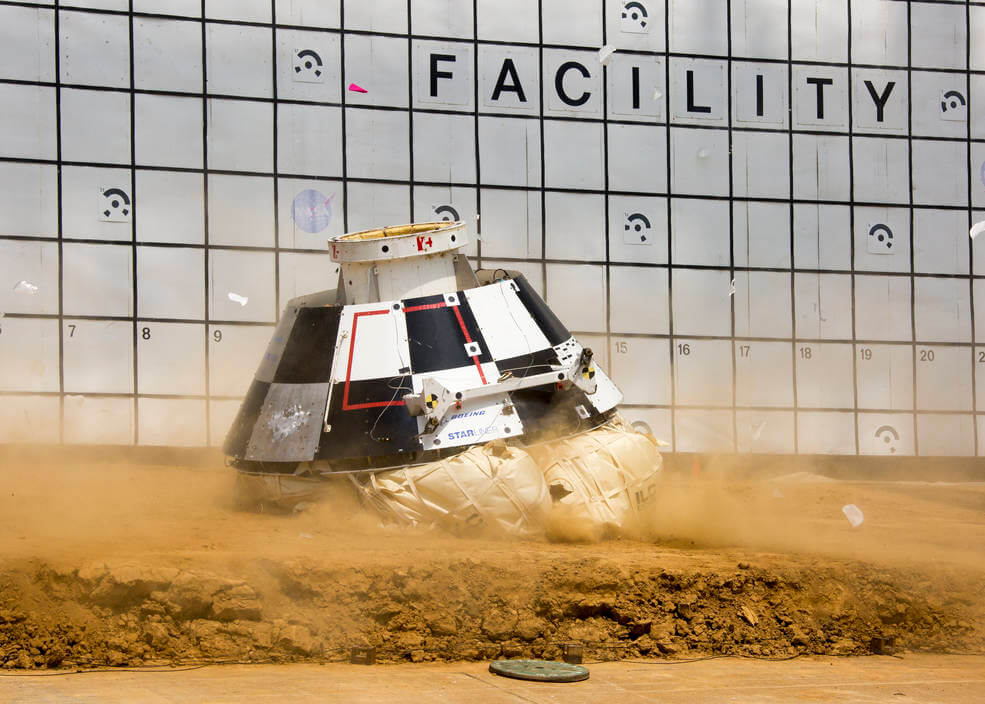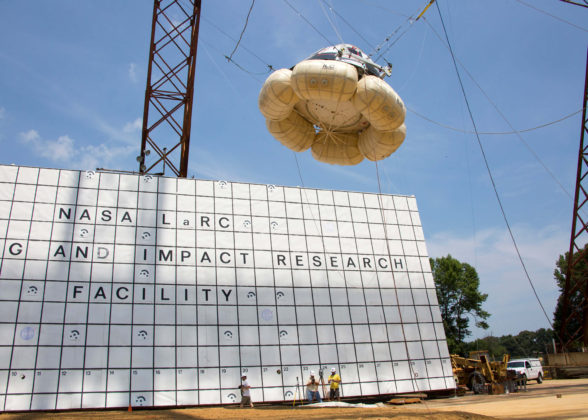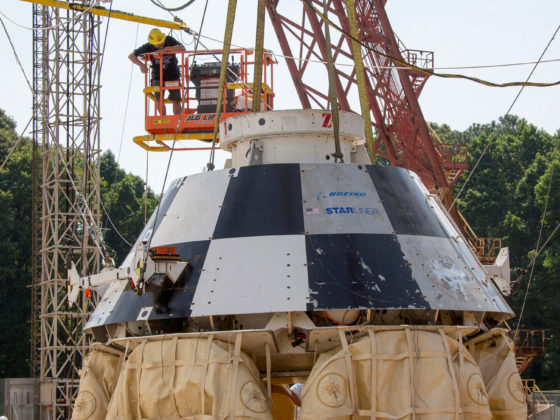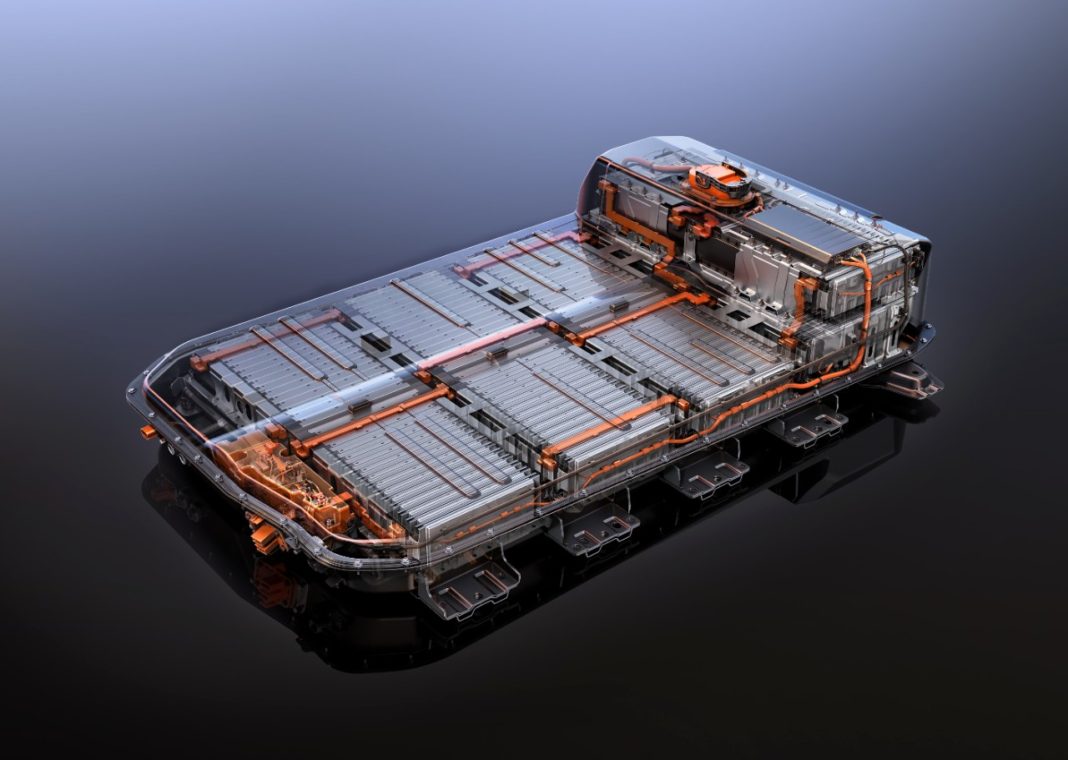Personnel at NASA Langley Research Center have been busy conducting tests of the Boeing CST-100 Starliner’s landing ability in the most difficult of situations, and the team feels the results proved them successful. The tests began at the Center in Hampton, Virginia and started with six landing qualification tests to simulate what might be experienced by both the spacecraft and the crew after returning to Earth following their mission.
During the tests carried out by NASA and Boeing engineers, the mock-up Starliner was hoisted 30 feet above the ground inside a gantry at the Langley Research Center. It is then released to see how its six fitted airbags deflate upon touchdown and how much of the impact they are able to absorb and how well they stabilize the spacecraft. In order to fully test the landing capabilities of the spacecraft, the team simulates the worst ever possible landing velocities and angles that the spacecraft could experience upon landing. Boeing test engineer, Preston Ferguson quotes, “We have to verify the capability of landing at enveloping capsule and soil conditions to make sure that the vehicle will be stable and that the crew will be safe under expected parachute landing conditions”.
There were a number of land and water landing scenarios carried our during the testing session, each simulating an unlikely emergency that could occur during take off or return from the mission to the International Space Station. The next stage of testing will involve the team installing two anthropomorphic test dummies inside the capsule to get a better understanding of how landings will affect the crew specifically. The test dummies that will be used are currently being used in NASA’s Orion spacecraft water impact tests which are also conducted at the Langley Hydro Impact Basin.
More News To Read













